Looking to spruce up your home with some indoor plants, but not sure which grow lights to choose? This comprehensive guide will help you find the best grow lights for your needs, so you can get started on your indoor gardening journey!
“The best grow lights for indoor plants are the ones that mimic sunlight as closely as possible.” -Dr. William C. Taylor
Best Grow Lights For Indoor Plants
Grow lights come in many different shapes and sizes. Some are small and can be placed on a windowsill, while others are larger and need to be hung from the ceiling. There are a few different types of grow lights for indoor plants.
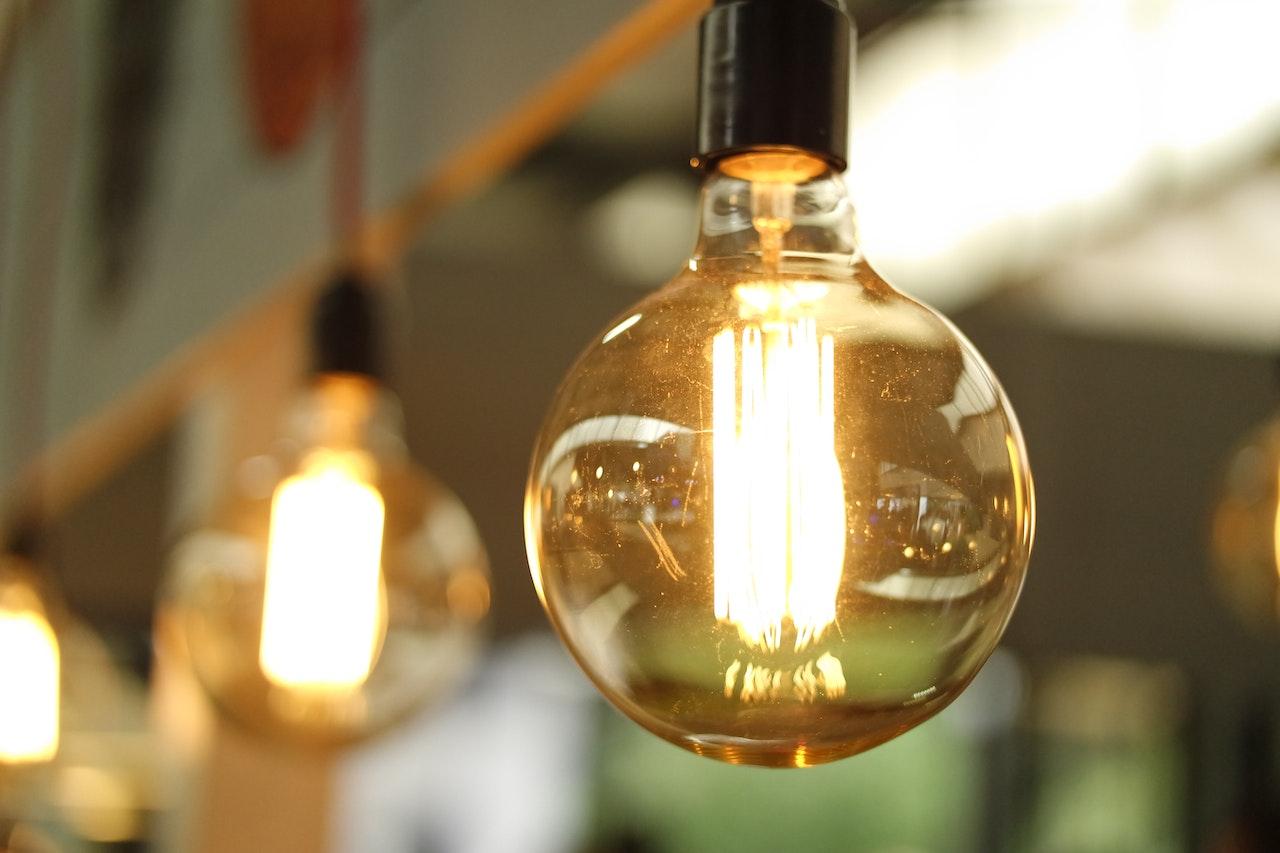
Credit: Pexels
1. Fluorescent Grow Light
The most common type is the fluorescent grow light. These are the long, thin tubes that you often see in office buildings. They emit a lot of light but not a lot of heat, so they are good for plants that don’t like a lot of heat.
2. High-Intensity Discharge Light
Another type of grow light is the high-intensity discharge light. These are the big, bright lights you see in warehouses and stadium lights. They are very bright and emit a lot of heat, so they are good for plants that need a lot of light and can handle the heat.
HID lights come in two different types: metal halide (MH) and high-pressure sodium (HPS). MH lights are better for vegetative growth, while HPS lights are better for flowering and fruiting.
3. LED grow Light
The last type of grow light is the LED grow light. These are the newest types of grow lights and are becoming more popular because they are more energy-efficient than other types of grow lights. They emit a lot of light but not a lot of heat, so they are good for plants that don’t like a lot of heat.
The Benefits Of Using Grow Lights For Indoor Plants
Grow lights are beneficial for indoor plants because they provide the plants with the light they need to grow. Plants need light to photosynthesize, which is how they make their food. Grow lights provide the light that plants need to grow healthy and strong.
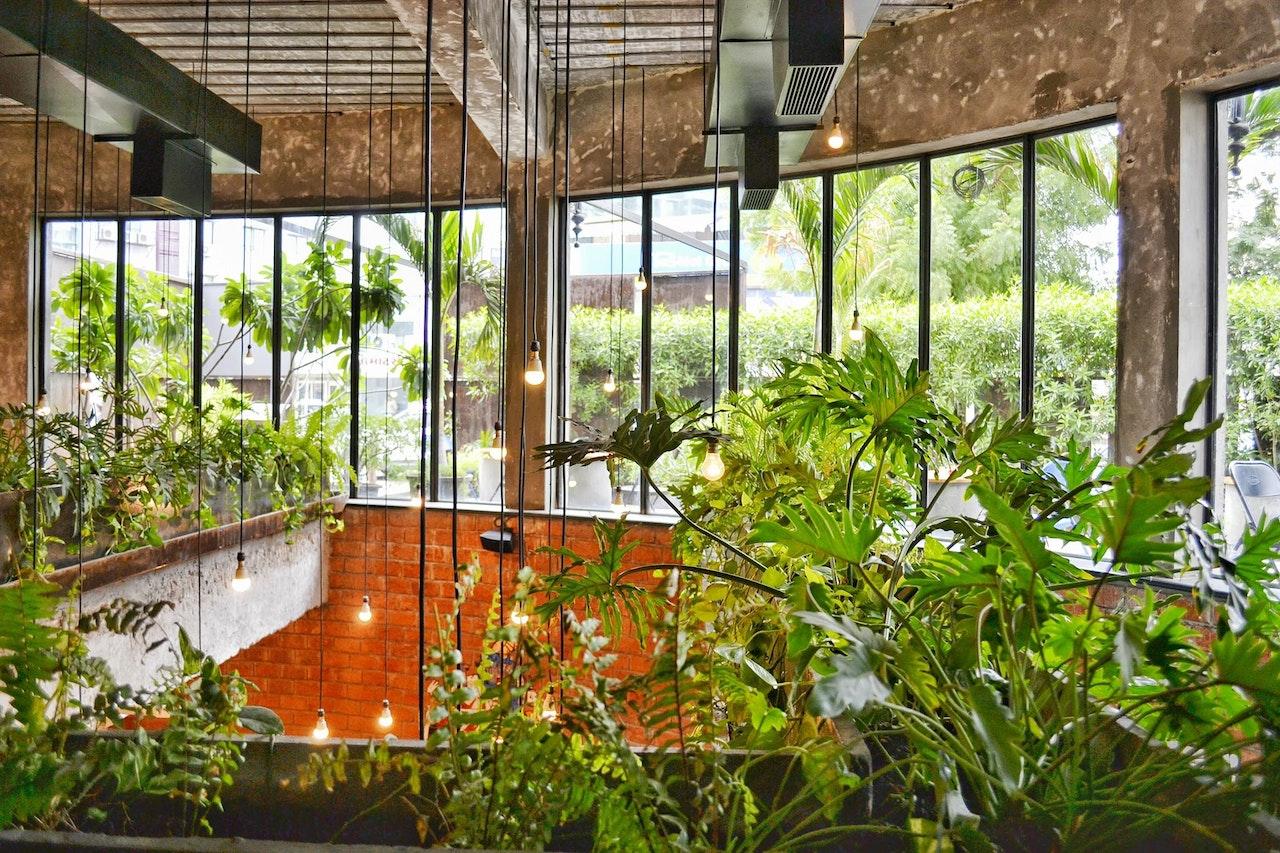
Credit: Pexels
Grow lights also help to keep indoor plants from getting leggy. Leggy plants are those that have long, thin stems because they are not getting enough light. When plants don’t get enough light, they stretch out to try to get the light they need. This causes the plants to become leggy and weak. Grow lights help to prevent this by providing the plants with the light they need.
Grow lights also help to ensure that indoor plants get the right amount of light. Too much or too little light can both be harmful to plants. They also help to provide the right amount of light for indoor plants to thrive.
Overall, grow lights are beneficial for indoor plants because they provide the plants with the light they need to grow healthy and strong.
Where To Buy Grow Lights For Indoor Plants
There are many different types of grow lights that you can buy for your indoor plants. The type of grow light you need will depend on many factors. Here are some factors you need to know before buying grow lights.
- Amount of light your plants need
- Type of plant you are growing
- Size of your growing area
- Price
1. Amount Of Light Your Plants Need
The most important thing to consider when choosing a grow light is the amount of light your plant needs. Most plants need at least six hours of direct sunlight each day. If you cannot provide this, you will need to supplement it with a grow light.
2. Type Of Plant You Are Growing
The amount of light your plant needs will also depend on the type of plant you are growing. For example, succulents and cacti need less light than most other plants. If you are growing these types of plants, you can get a small grow light that can be placed on a windowsill.
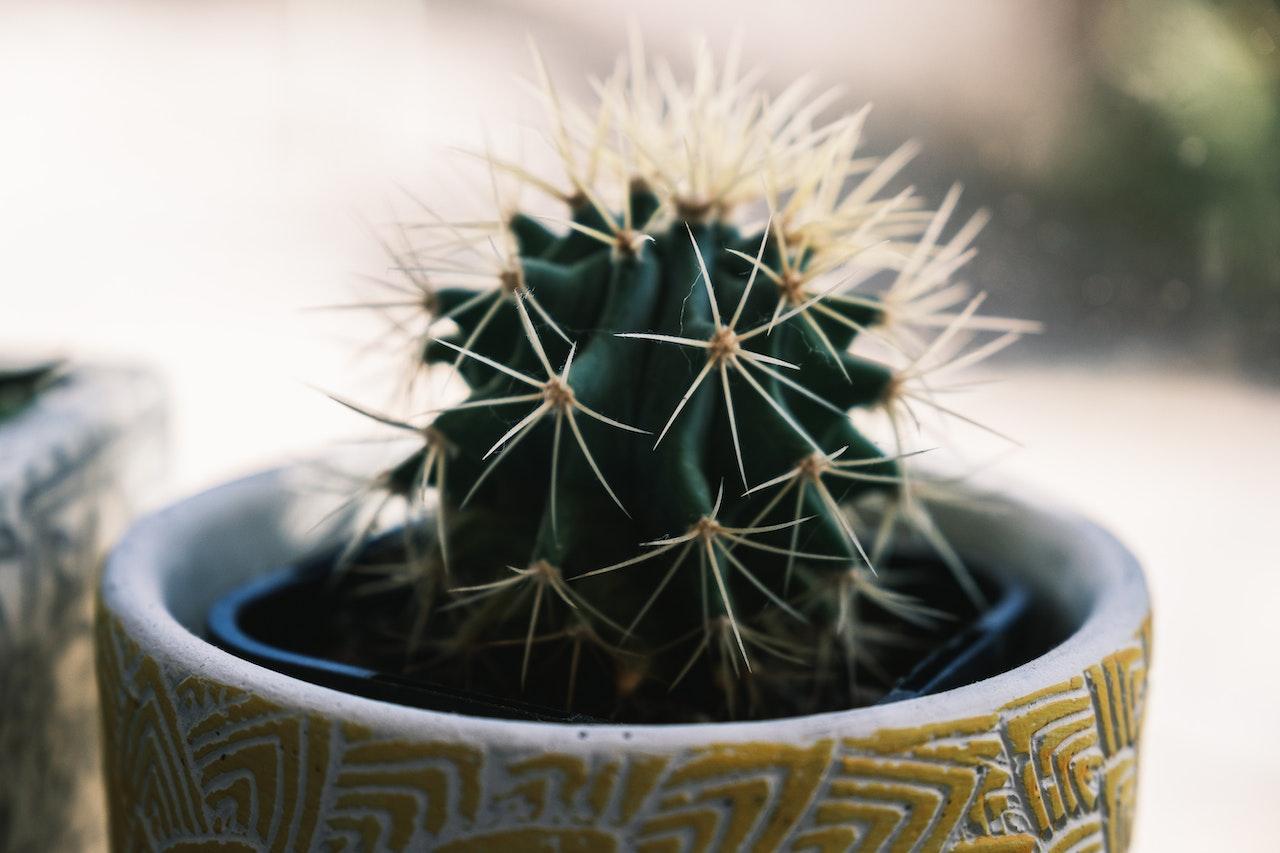
Credit: Pexels
If you are growing plants that need more light, such as tomatoes or peppers, you will need a larger grow light that can be hung from the ceiling. These types of grow lights are also known as high-intensity discharge (HID) lights.
3. Size Of Your Growing Area
You will also need to consider the size of your growing area when choosing a grow light. If you have a large area, you will need a larger light. If you have a small area, you need to get a smaller light.
4. Budget
The final thing to consider is the price. Grow lights can range in price from $20 to $200. The price will depend on the type of light, the size, and the brand.
Now that you know what to look for, you can start shopping for grow lights. The best place to buy grows lights is online. Many online retailers sell grow lights, and you can often find discounts and free shipping offers.
Some of the best online retailers for grow lights include Amazon, eBay, and Hydrofarm. You can also find grow lights at local garden stores, but the selection will be limited.
Now that you know where to buy grow lights, you can get started on your indoor gardening project. With the right grow light, you can grow just about any plant you want, even if you don’t have a lot of space.
The Best Places To Buy Grow Lights For Indoor Plants
Now that you know what to look for, here are the best places to buy grow lights for indoor plants:
1. Amazon
Amazon is a great place to buy grow lights for indoor plants. They have a wide selection of lights to choose from, and they offer free shipping on orders over $25.
2. Home Depot
Another great place to buy grow lights for indoor plants is Home Depot. They also have a large selection of lights and offer free shipping on orders over $45.
3. Lowe’s
Lowe’s is another great place to buy grow lights for indoor plants. They have a wide selection of lights to choose from, and they offer free shipping on orders over $49.
4. Walmart
Walmart is an excellent place to purchase grow lights for indoor plants. They have a large variety of lights to choose from, and orders over $50 qualify for free shipping.
How To Choose The Right Grow Light For Your Indoor Plants
There are a few things to keep in mind when choosing a grow light for your indoor plants.
- You need to consider the amount of light your plants need.
- You need to choose a light that will provide the right type of light for your plants.
- Consider the right color of light for your plants. Plants need different colors of light for different stages of growth. For example, blue light is good for leafy greens, while red light is good for flowering plants.
- Finally, you need to consider the cost of the light.
1. Amount Of Light
First, you need to consider the amount of light your plants need. Depending on the type of plant, they will need different amounts of light. Some plants need a lot of light, while others only need a little bit. If you are not sure how much light your plants need, you can ask a nursery or a gardening store for help.
2. Type Of Light
Second, you need to choose a light that will provide the right type of light for your plants. Different types of plants need different types of light.
For example, some plants need full-spectrum light, while others only need light from a certain part of the spectrum. Again, if you are not sure what type of light your plants need, you can ask a nursery or a gardening store for help.
3. Cost Of Light
Finally, you need to consider the cost of the light. Grow lights can be expensive, so you need to make sure you choose one that is within your budget. You also need to consider how often you will need to replace the light. Some grow lights last for years, while others only last for a few months.
Keep these things in mind when choosing a grow light for your indoor plants, and you will be sure to choose the right one for your needs.
How To Set Up Grow Lights For Indoor Plants
There are a few things you need to know before you set up grow lights for your plants.
- What kind of light do you want to use
- How much light do your plants need
- Positioning your grow lights
- The right amount of light
1. What Kind Of Light Do You Want To Use
First, you need to decide what kind of light you want to use. There are two main types of grow lights: fluorescent and LED.
- Fluorescent grow lights are cheaper and use less electricity than LED lights. However, they do not last as long and they produce more heat.
- LED grow lights are more expensive than fluorescent lights, but they last longer and produce less heat.
2. How Much Light Do Your Plants Need
Once you have decided what type of light you want to use, you need to figure out how much light your plants need. This will depend on the type of plant you are growing and the size of your growing area.
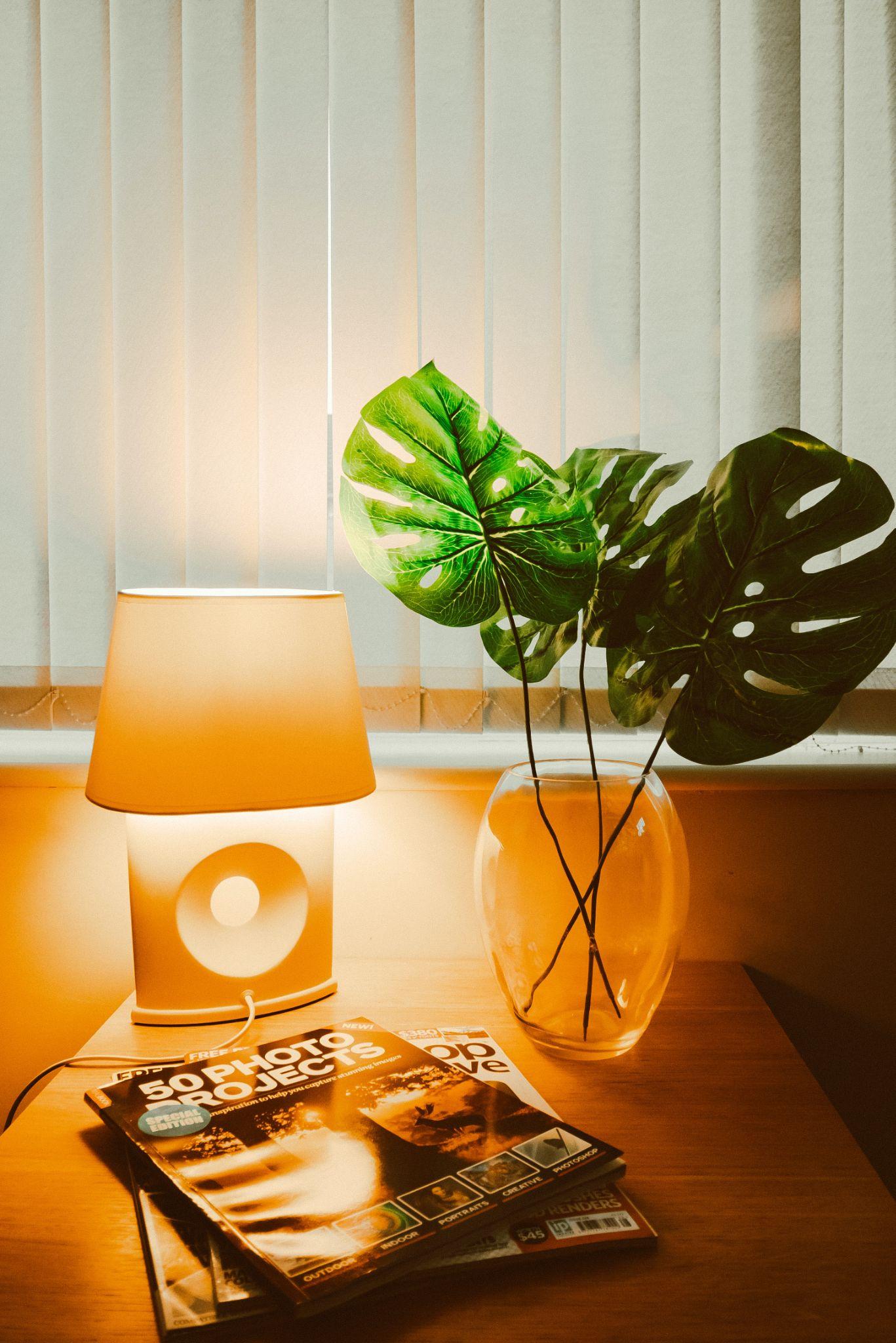
Credit: Pexels
For example, if you are growing small plants in a small area, you will not need as much light as if you were growing large plants in a large area.
3. Positioning Your Grow Lights
Once you know how much light your plants need, you can choose the right size and type of light fixture. You will also need to decide how many lights you need and where to position them. Positioning your grow lights is important because you need to make sure the plants are getting enough light.
If the plants are not getting enough light, they will not grow well. You also need to make sure the lights are not too close to the plants. If the lights are too close, the plants will get too much light and they may be damaged.
4. The Right Amount Of Light
Finally, you need to make sure the grow lights are on a timer so they turn on and off at the same time each day. This will help the plants get the right amount of light they need to grow.
Now that you know the basics of setting up grow lights for your plants, you can get started and create a healthy environment for your plants to grow in.
How To Use Grow Lights For Indoor Plants
If you want to grow healthy plants indoors, you need to provide them with the right kind of light. Grow lights mimic the sunlight that plants need for photosynthesis, and they can help you grow plants even if you don’t have a lot of natural light in your home.
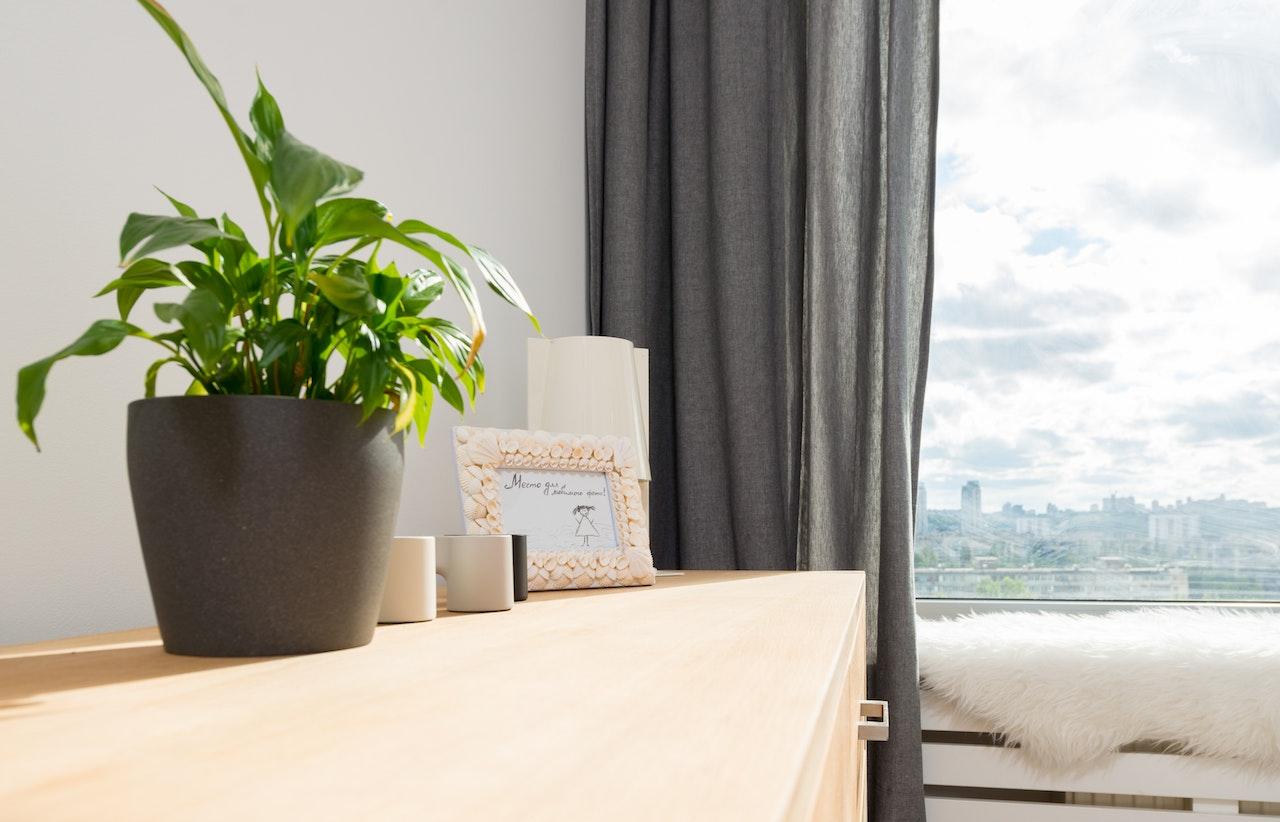
Credit: Pexels
There are a few things to keep in mind when you’re using grow lights for your plants.
- Choose the right kind of grow light. There are many different types of grow lights available, and each one has its advantages and disadvantages. You’ll need to decide which type of light is best for your plants and your growing setup.
- Provide your plants with the right amount of light. Too much light can damage your plants, and too little light will prevent them from growing. You’ll need to experiment to find the right balance for your plants.
- Make sure that your plants get enough light. Plants need light to grow, but they also need darkness. If you’re using grow lights, you’ll need to provide your plants with a dark period every day so that they can rest.
Follow these tips, and you’ll be able to use grow lights to successfully grow healthy plants indoors.
Grow Lights For Different Stages Of Indoor Plants
There are four different growing stages for indoor plants: seedlings, young plants, mature plants, and flowering plants. Each stage has different care requirements, so it is important to know which stage your plant is in.
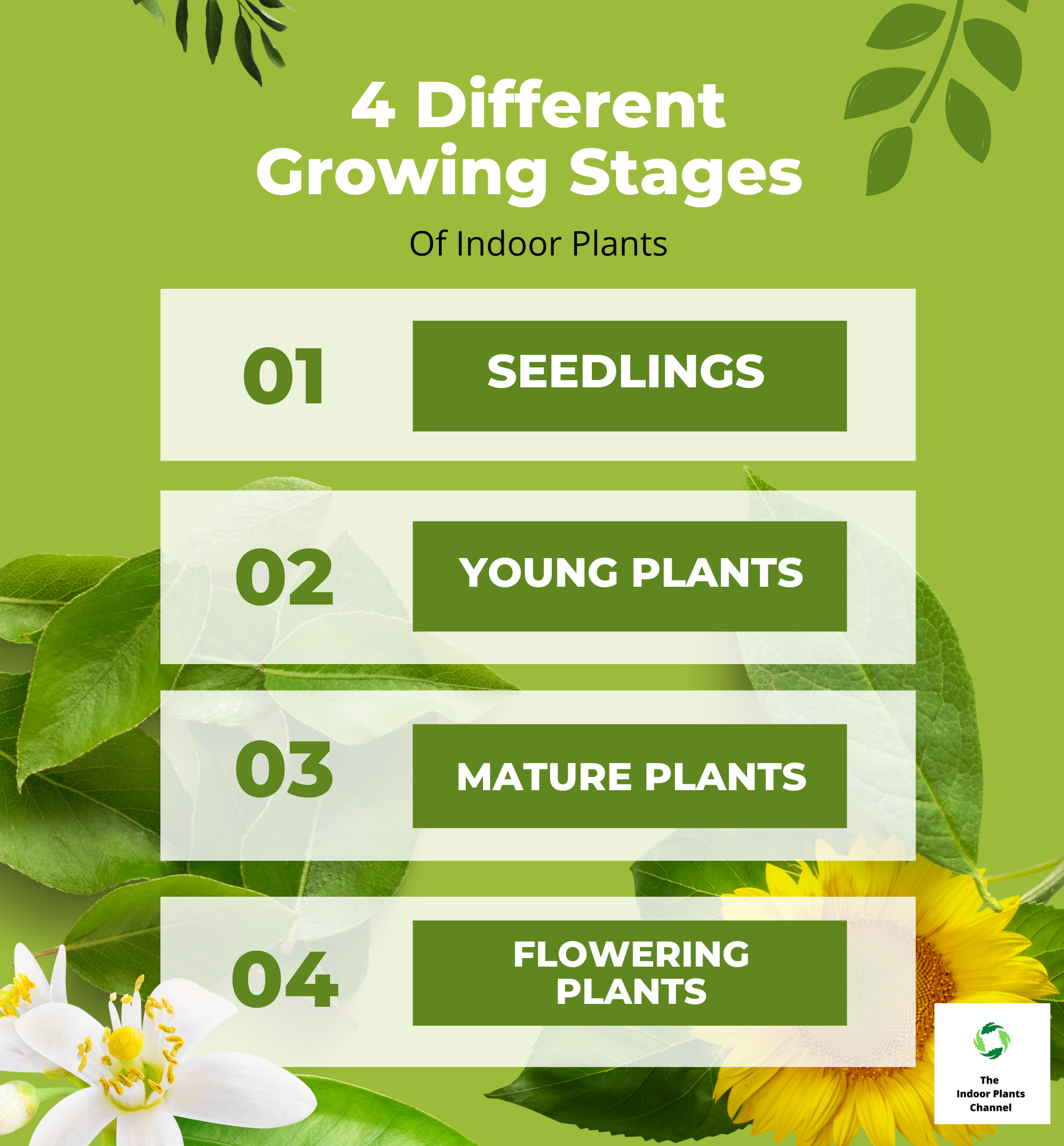
4 Stages Of Growth In Indoor Plants:
1. Seedling
Seedlings are the first stage of growth for a plant. They are very delicate and need to be cared for carefully. Seedlings need to be kept in a warm, moist environment. They also need to be given plenty of light, but not direct sunlight. Seedlings should be watered regularly but not allowed to sit in water.
2. Young Plants
Young plants are in the second stage of growth. They are still delicate, but not as delicate as seedlings. Young plants need to be kept in a warm, moist environment. They also need to be given plenty of light, but not direct sunlight. Young plants should be watered regularly but not allowed to sit in water.
3. Mature Plants
Mature plants are in the third stage of growth. They are no longer delicate and can tolerate a wider range of conditions. Mature plants still need to be given plenty of light but can tolerate some direct sunlight. Mature plants should be watered regularly but not allowed to sit in water.
4. Flowering Plants
Flowering plants are the fourth and final stage of growth. They are the most tolerant of all the stages and can tolerate a wide range of conditions. Flowering plants still need to be given plenty of light but can tolerate some direct sunlight. Flowering plants should be watered regularly, but not allowed to sit in water.
5 Best Indoor Plants To Grow Under Grow Lights
If you’re looking for the best plants to grow indoors under grow lights, there are a few things to consider.
- You’ll want to make sure the plant you choose can tolerate low light levels. Many indoor plants require at least four hours of direct sunlight each day, but if you’re using grow lights, you can get by with as little as two hours of light.
- Choose a plant that is not too fussy about watering. Some plants require very specific watering schedules, and if you’re not able to provide that, they will quickly die. Look for plants that can tolerate a little neglect when it comes to watering, as they will be much easier to care for.
- Make sure the plant you choose is not poisonous to pets or children. Some common indoor plants, such as lilies, can be toxic to animals and small children if ingested.
Make sure to research any plant you’re considering before bringing it into your home. With those things in mind, here are some of the best plants to grow under grow lights:
1. Snake Plant
The snake plant is a great choice for indoor growers, as it is very tolerant of low light levels. Snake plants are also non-toxic, so they’re safe to grow around pets and children.
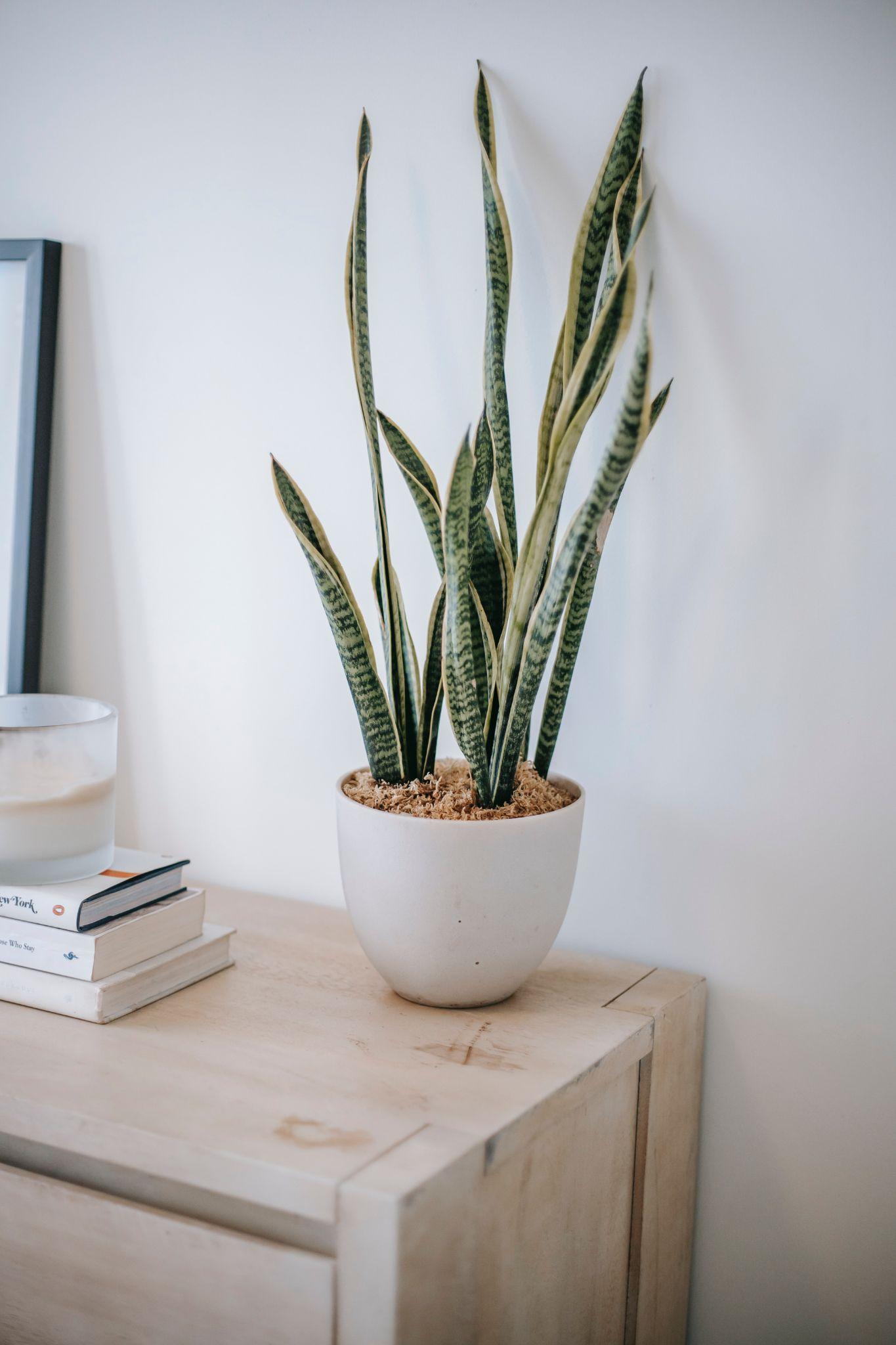
Credit: Pexels
They are also very drought-tolerant plants, so you won’t have to worry about watering them too often. Just make sure to give it a good soak every few weeks and they will be happy.
2. Spider Plant
Spider plants are another excellent choice for indoor growers. They are very tolerant of low light levels and can even survive in shady areas. They are also drought-tolerant and can go for several weeks without being watered. Spider plants are non-toxic, making them a safe choice for homes with pets and children.
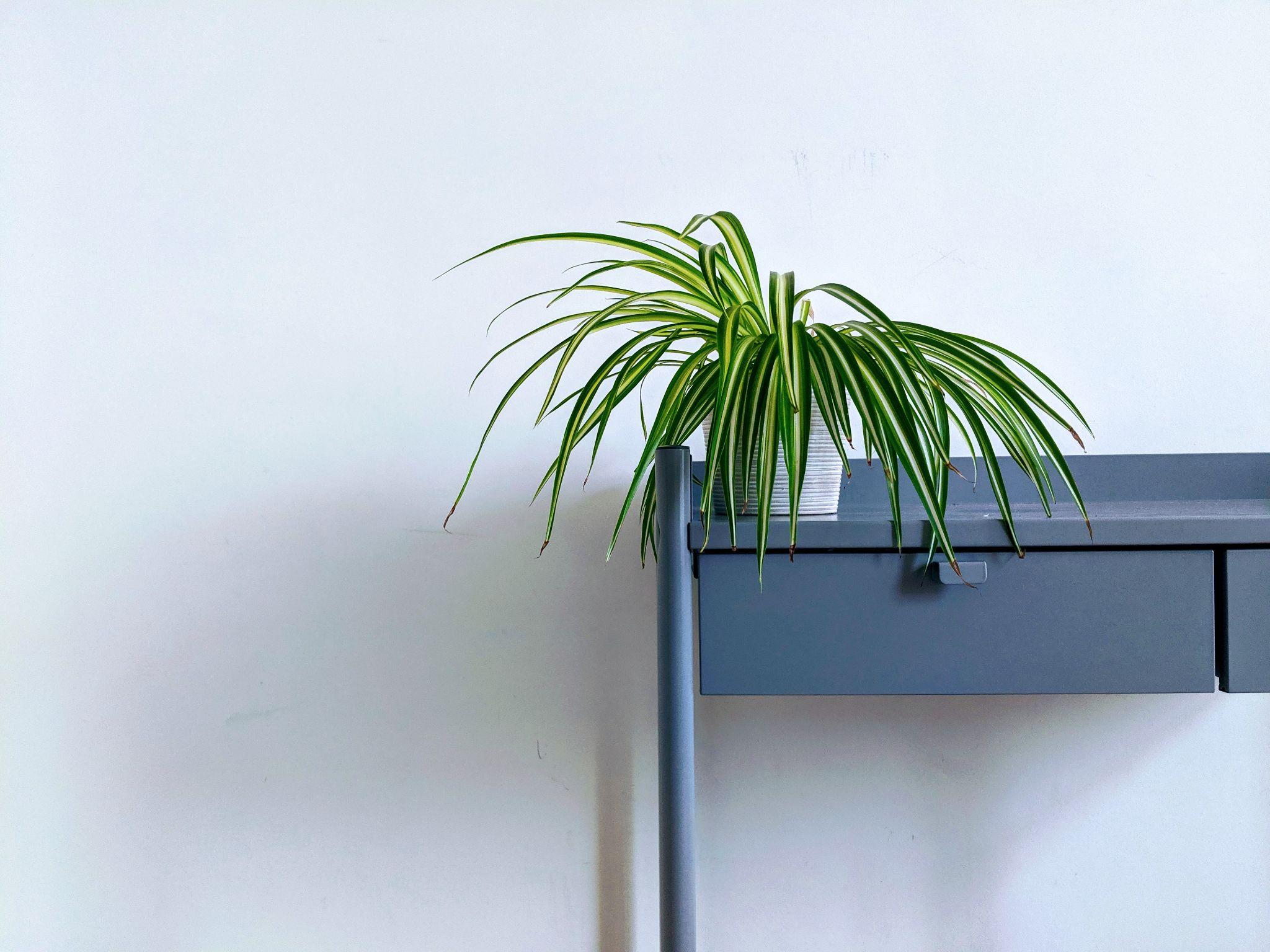
Credit: Unsplash
3. Peace Lily
Peace lilies are beautiful indoor plant that does well in low-light conditions. They prefer to be kept on the drier side, so you won’t have to water them too often.
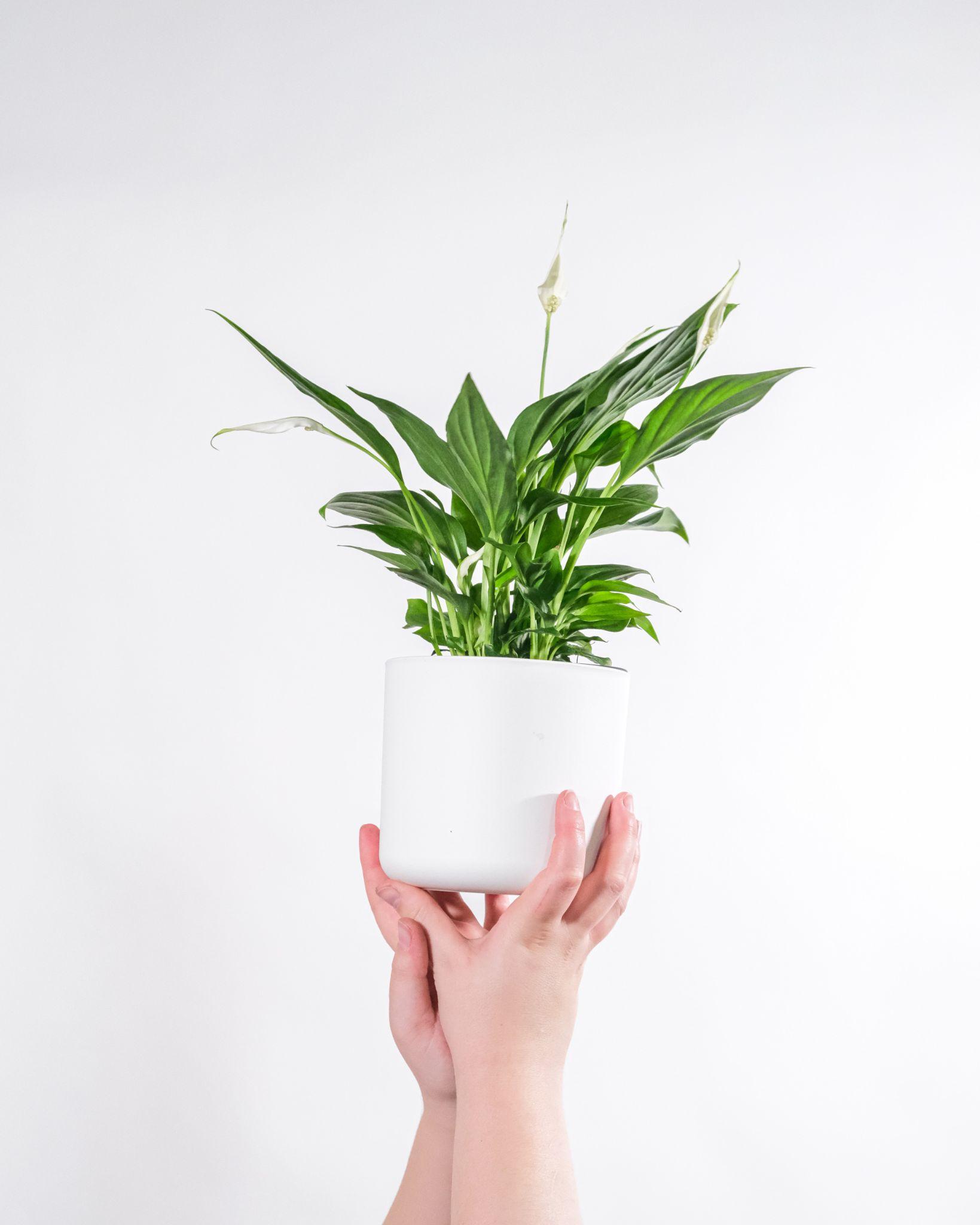
Credit: Unsplash
Just make sure to give them a good drink every week or so and they will be happy. Peace lilies are toxic to pets and children if ingested, so keep them out of reach if you have little ones in your home.
4. Pothos
Pothos is a great plant for beginners, as it is very easy to care for. It does well in low-light conditions and can even survive in shady areas. Pothos is also very drought-tolerant and can go for several weeks without being watered.
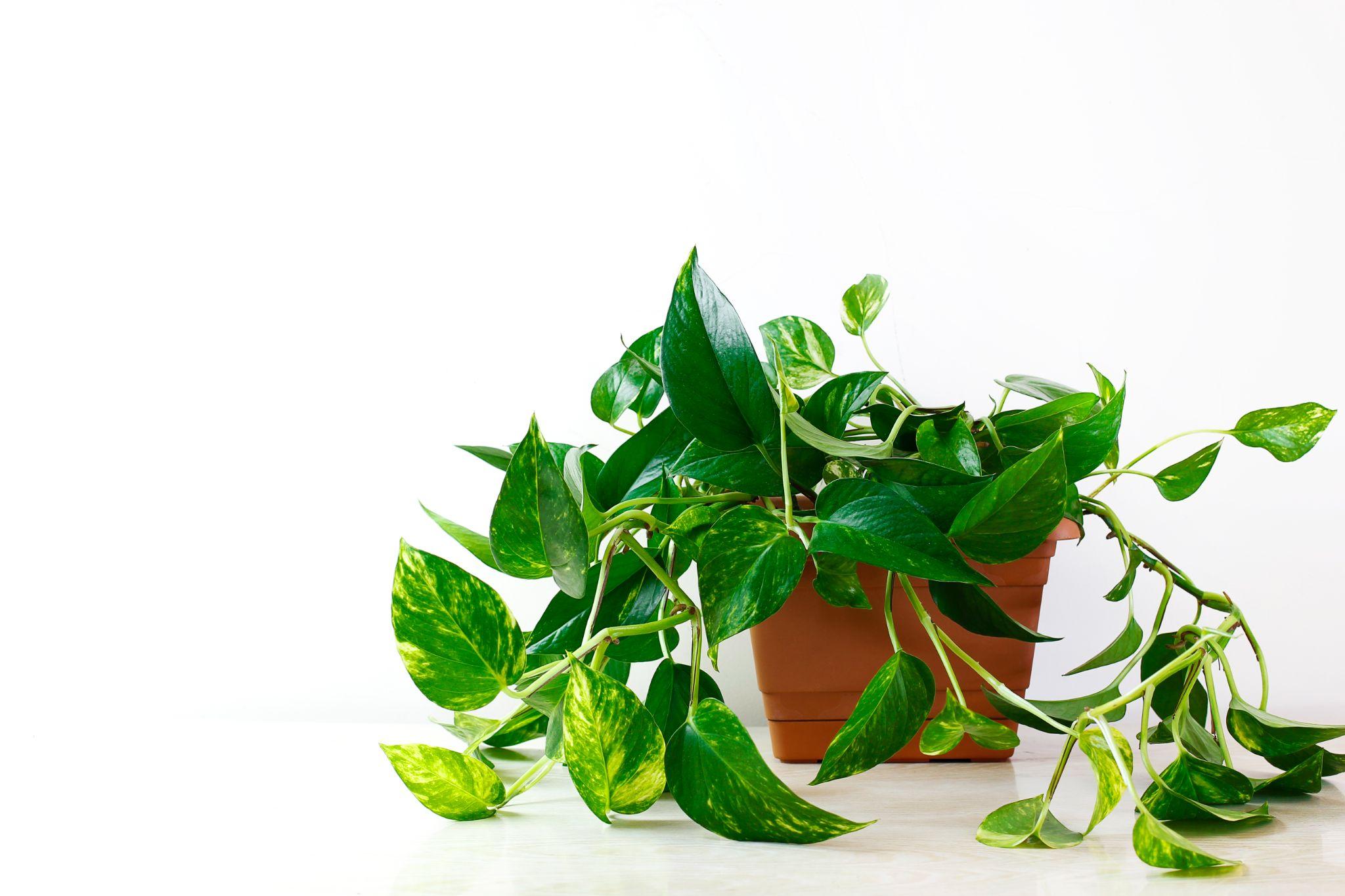
Credit: Freepik
Just make sure to give it a good drink every few weeks and it will be happy. Pothos is non-toxic, making it a safe choice for homes with pets and children.
5. Dracaena
Dracaena is a beautiful indoor plant that does well in low-light conditions. It is also very drought-tolerant and can go for several weeks without being watered. Just make sure to give it a good drink every few weeks and it will be happy. Dracaena is toxic to pets and children if ingested, so keep it out of reach if you have little ones in your home.
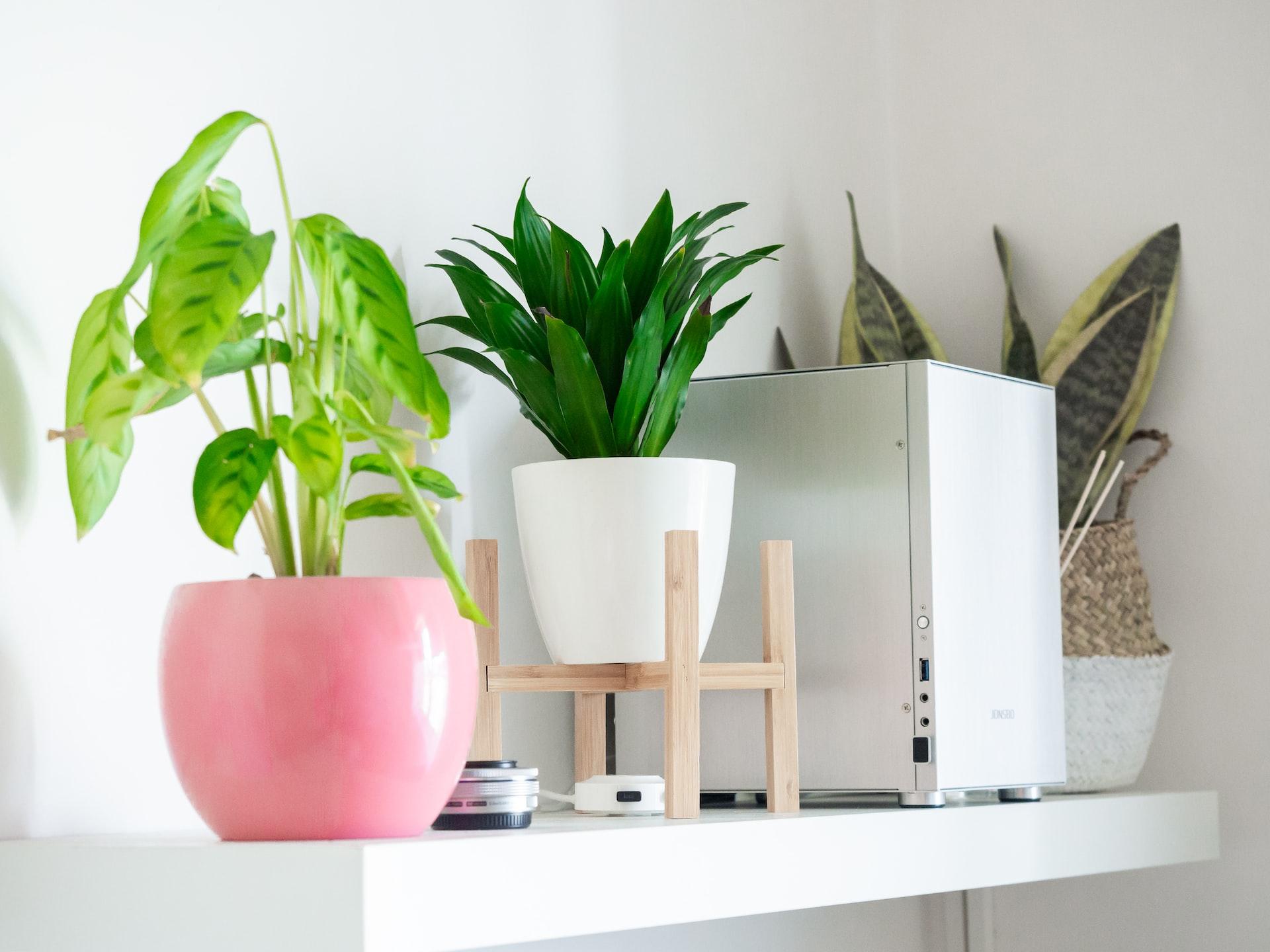
Credit: Unsplash
Common Problems When Growing Indoor Plants Under Grow Lights
- The plants can become leggy, meaning they grow too tall and thin. This happens when the plants are not getting enough light. To prevent this, make sure to place your grow lights close to the plants and move them as the plants grow.
- The leaves of the plants can become burned or scorched. This happens when the grow lights are too close to the plants. To prevent this, make sure to keep the grow lights at least 12 inches away from the leaves of the plants.
- The plants can become etiolated, meaning they become pale and spindly. This happens when the plants are not getting enough light. To prevent this, make sure to place your grow lights close to the plants, and move them as the plants grow.
Expert Ideas
- Get a grow light that fits your indoor plant’s needs.
- Place the grow light in the right location.
- Water your plant regularly and fertilize it as needed.
- Place the plant in a location where it will get plenty of air circulation.
- Enjoy your healthy indoor plant!
Bonus Tip
Consider the intensity of the light. The intensity of the light will determine how well your plants grow. If you are growing plants that need a lot of light, you will need more intense light.
Frequently Asked Questions
1. What things should I consider in a grow light before buying one?
There are a few things to consider when purchasing grow lights for indoor plants.
- The type of lightbulb. There are two main types of lightbulbs: incandescent and fluorescent. Incandescent bulbs are cheaper but produce less light. Fluorescent bulbs are more expensive but produce more light.
- Consider the wattage of the lightbulb. The higher the wattage, the more light the bulb will produce. However, higher-wattage bulbs also use more electricity.
- Consider the type of fixture. There are two main types of fixtures: plug-in and stand-alone. Plug-in fixtures are cheaper but need to be plugged into an outlet. Stand-alone fixtures are more expensive but do not need to be plugged in.
- Consider the size of the light. The larger the light, the more light it will produce. However, larger lights also use more electricity.
- The final thing to consider is the price. Grow lights can range in price from $20 to $200. The price depends on the factors mentioned above.
2. Where can I get grow lights at the best prices?
If you are looking for the best grow lights at the best price, here are a few places to buy grow lights from:
- Home Depot
- Lowe’s
- Amazon
- Etsy
- eBay
Conclusion
If you’re looking for the best grow lights for indoor plants, this comprehensive guide will help you make the right decision. We’ve looked at the different types of grow lights available, their key features, and what to consider when choosing the best option for your needs. So whether you’re a beginner or a seasoned pro, you can find the perfect grow light to help your plants thrive.
Michelle Wilde
Related posts
3 Comments
Leave a Reply Cancel reply
![]()
About Michelle Wilde
Michelle Wilde is a stay-at-home mom and avid plant lover. Armed with a post-graduate degree in Computer Science (no kidding!), she loves researching plants and landscapes. When she is not caring for her 4 kids, she spends time on her passion for plants. She blogs at www.indoorplantschannel.com, the trusted source for indoor plants.
Learn more
Subscribe
* You will receive the latest posts and updates about indoor plants!
Search
Recent Posts
Categories
- Beginner Guides (10)
- FAQ (206)
- General (2)
- How-To Guides (212)
- Indoor Plants (214)
- Pest Management (2)
- Plant Problem Solutions (4)
- Seasonal Growing (2)
- Specialized Environments (2)
- Specific Plant Care (3)
- Technical Growing (2)
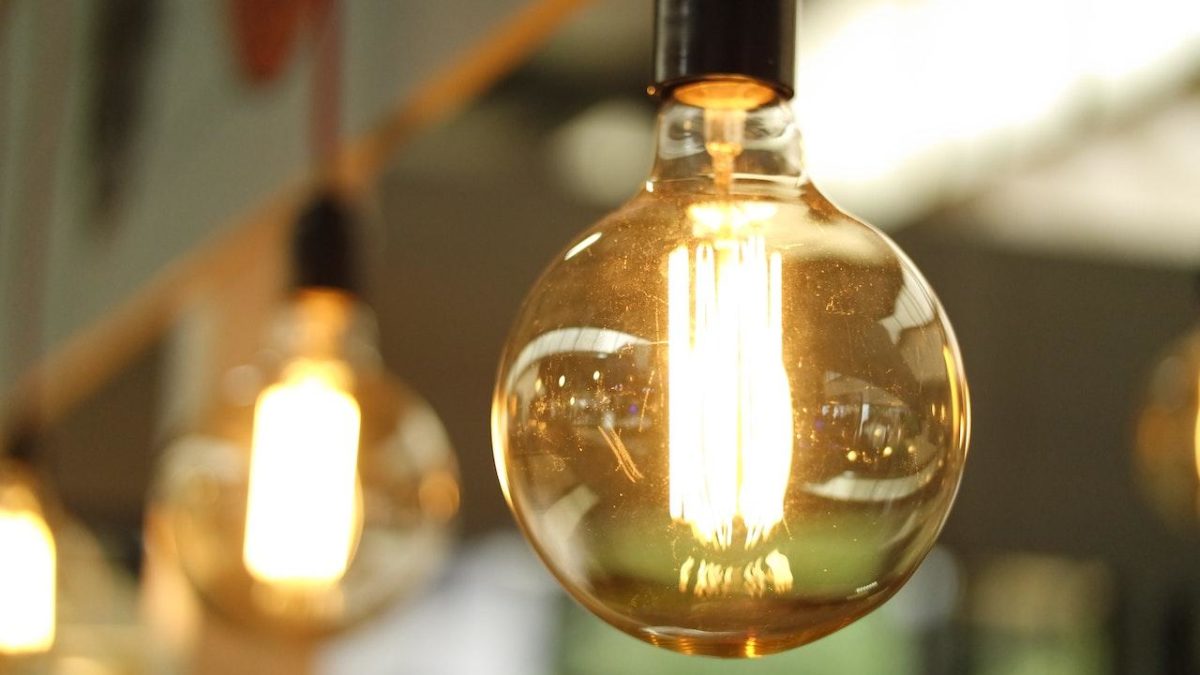
[…] It depends on the type of air plant you have. Some air plants need more light than others. If you don’t know how much light your air plant needs, a good rule of thumb is to give it about 12 hours of light per day. It can be natural light from a window or artificial light from a grow light. […]
[…] First, make sure you’re giving them the right amount of light. Most indoor plants need at least six hours of direct sunlight per day, so if your home doesn’t get a lot of natural light, you may need to supplement with grow lights. […]
[…] The best light for growing indoor plants from seeds is indirect sunlight. Place your seedlings in a spot where they will get a few hours of sunlight each day, such as near a south-facing window. If you don’t have a spot with enough natural light, you can also use grow lights. […]